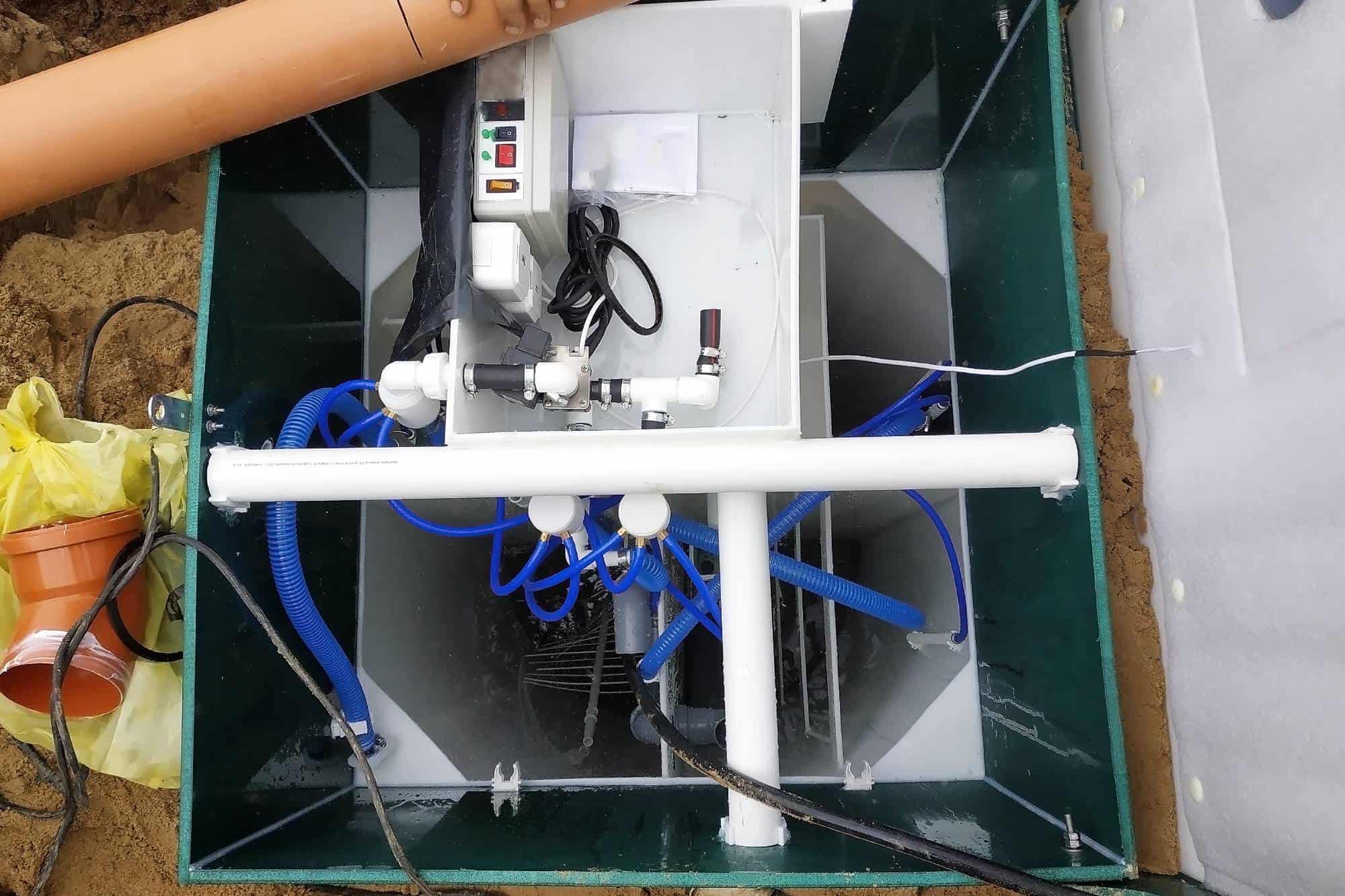Professional sump pump installation that actually works when you need it most—with transparent pricing and no surprises.
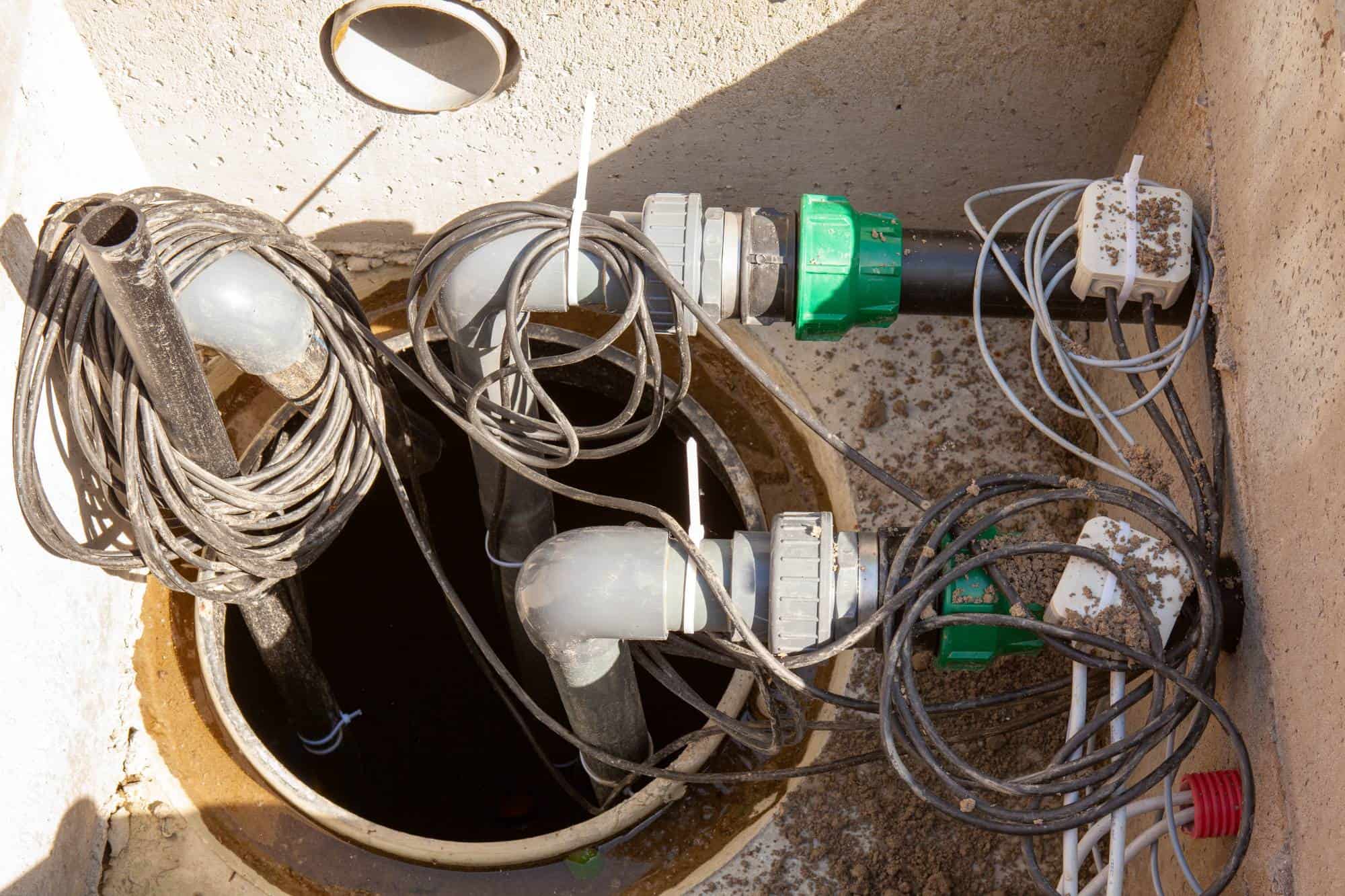
Hear From Our Customers
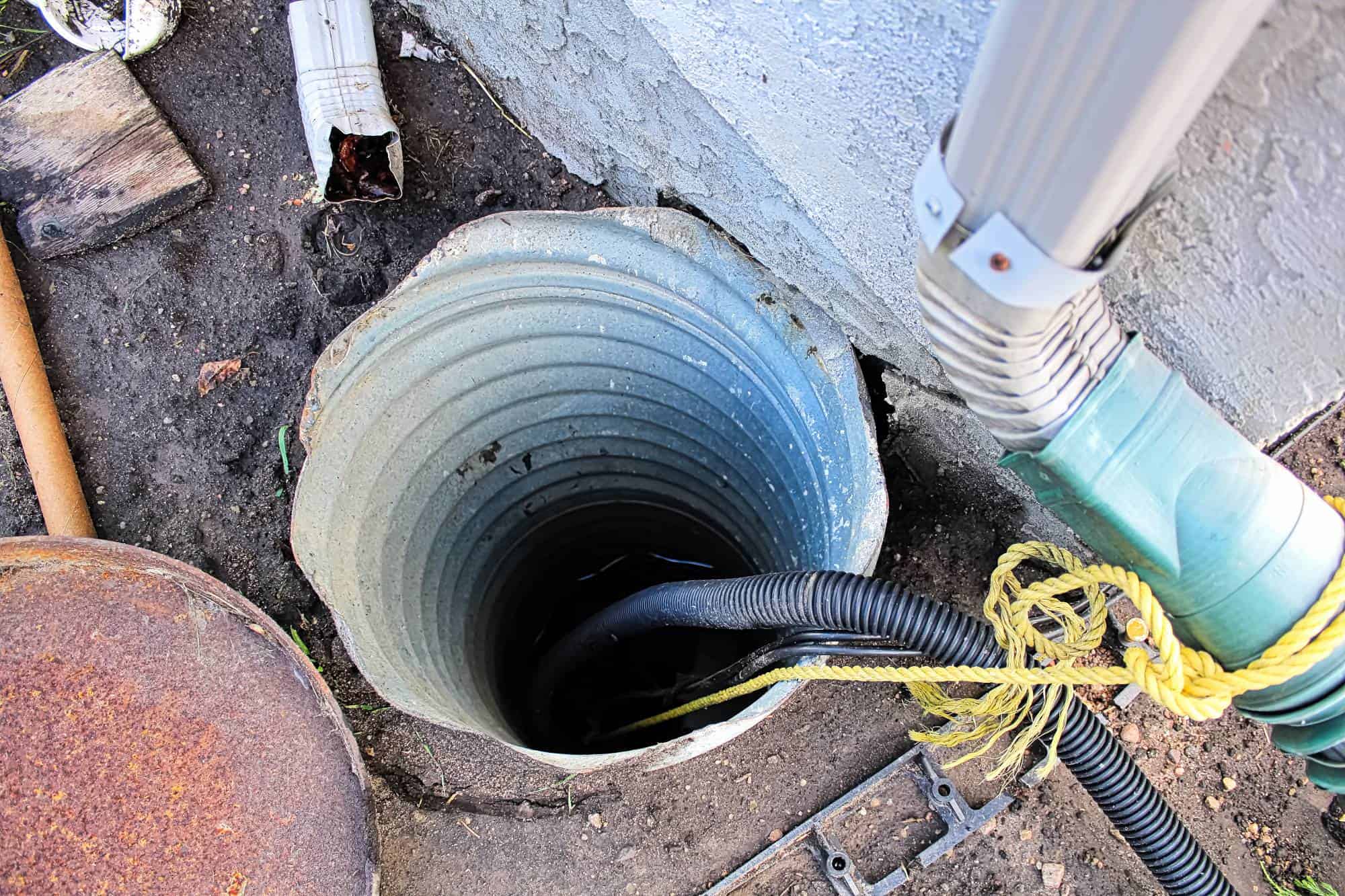
You won’t be scrambling with buckets and shop vacs when the next storm hits. A properly installed sump pump system removes water automatically, protecting thousands of dollars worth of belongings and preventing the kind of structural damage that turns a rainy day into a financial nightmare.
Your basement becomes usable space again instead of a constant worry. No more musty smells, no more checking the forecast with dread, no more wondering if your foundation is slowly deteriorating from repeated water exposure.
When heavy rains overwhelm South Chicago Heights’ aging infrastructure, your sump pump kicks in silently and efficiently, directing water away from your home while you sleep soundly upstairs.
Go-Rooter Emergency Plumbers has been protecting Cook County homes from water damage since 2001. We’re not just familiar with South Chicago Heights’ unique flooding challenges—we live here too.
We understand how Chicago’s combined sewer system works, why basements in this area are particularly vulnerable during spring melts and summer storms, and exactly what type of sump pump system will keep your specific property dry.
Our licensed, bonded, and insured team focuses on long-term solutions, not quick fixes that fail when you need them most. We provide upfront pricing because we believe you deserve to know exactly what you’re paying for before any work begins.
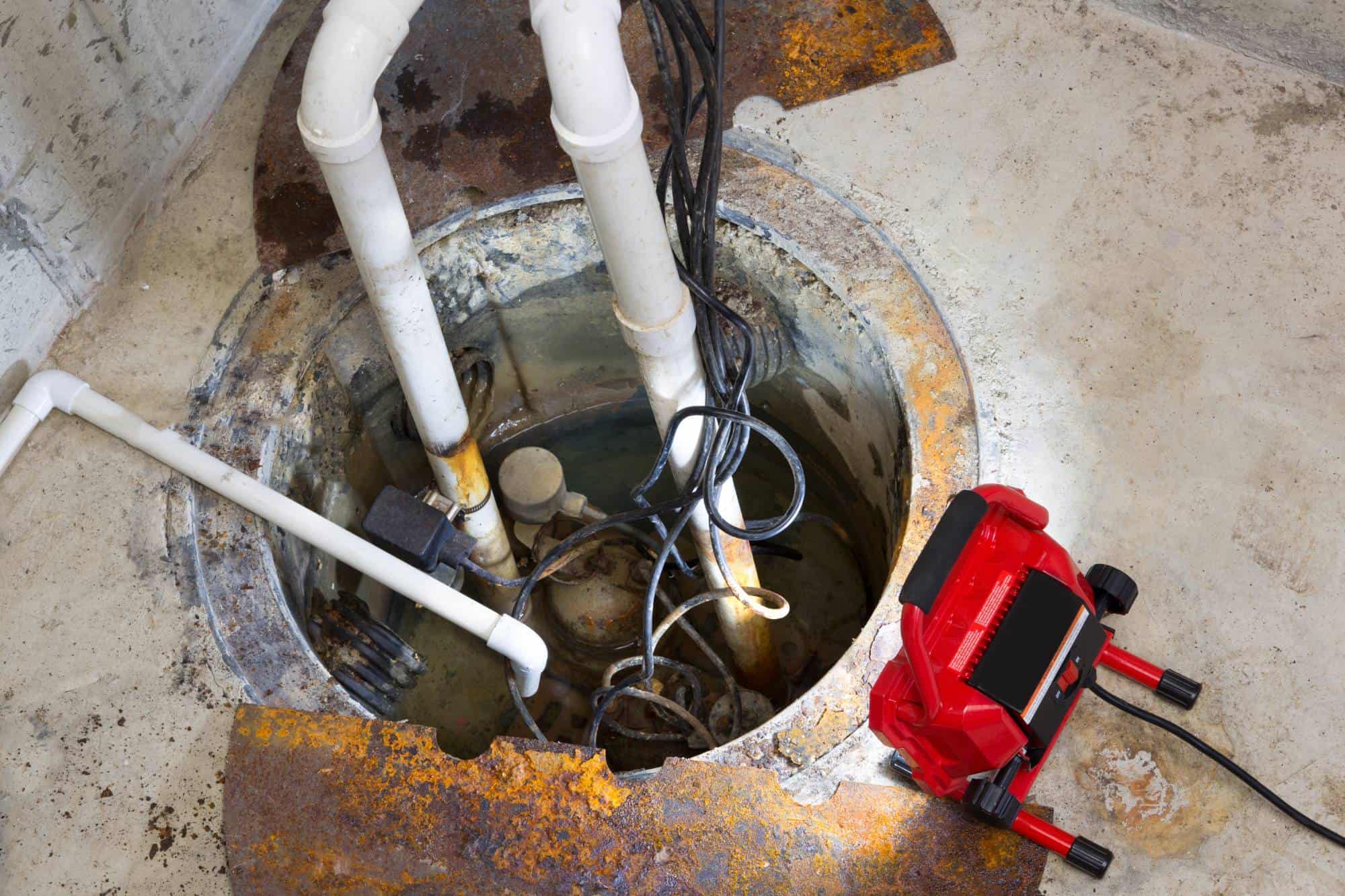
First, we assess your basement’s layout, water table level, and existing drainage to determine the optimal sump pump location and capacity. This isn’t a one-size-fits-all situation—your home’s specific needs determine the right approach.
Next, we excavate the sump pit at the lowest point of your basement, install the pump and discharge piping, and connect everything to a dedicated electrical circuit. We test the entire system multiple times to ensure it activates properly when water levels rise.
Finally, we walk you through the system operation, maintenance schedule, and what warning signs to watch for. You’ll know exactly how your new sump pump works and when to call us for service. The entire installation typically takes 4-6 hours, and we clean up completely before we leave.
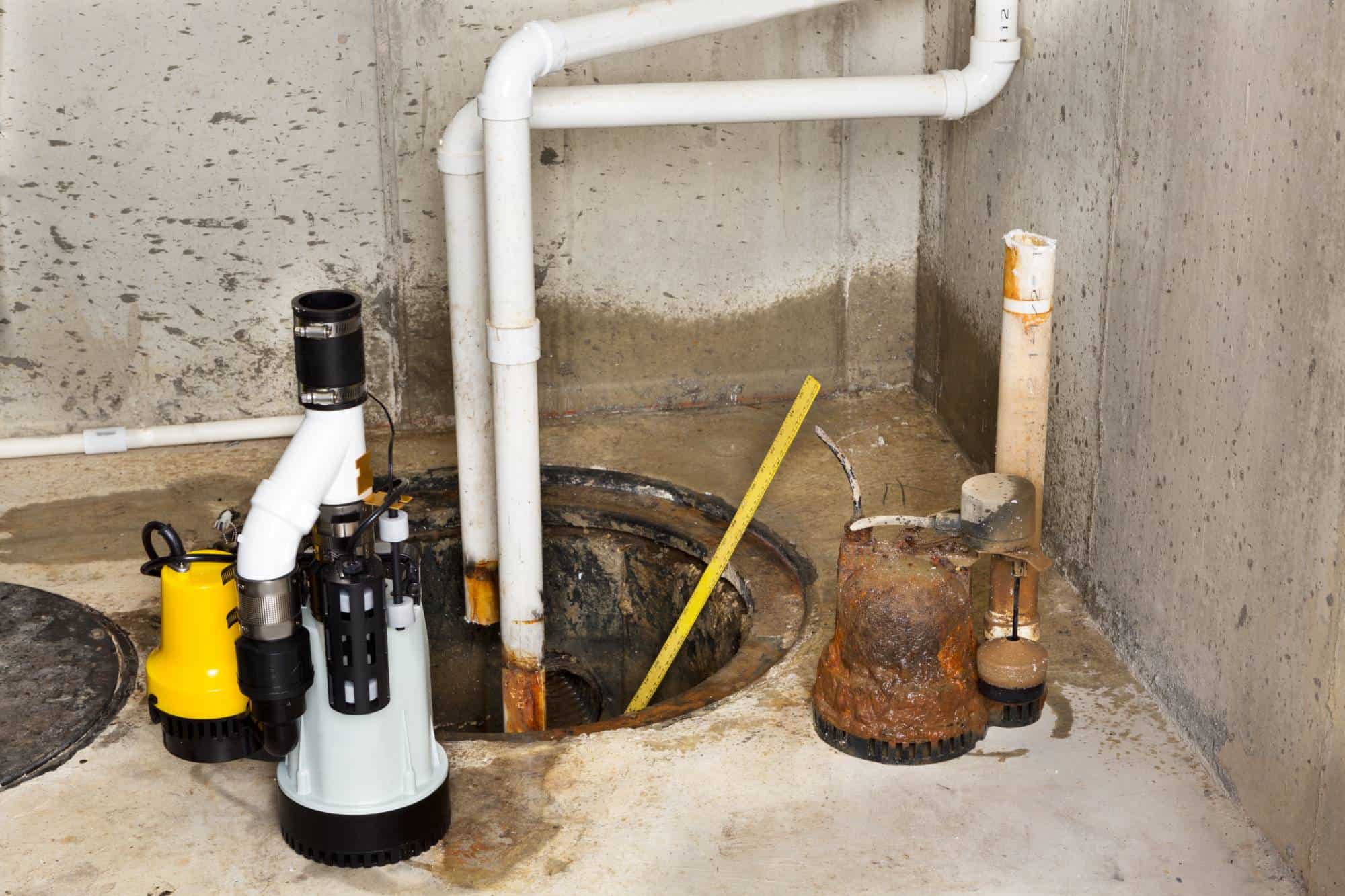
Ready to get started?
Your sump pump installation includes the pump unit, sump pit excavation, discharge piping, check valve, and electrical connections. We also install a battery backup system if you choose one—highly recommended in South Chicago Heights where power outages during storms are common.
We handle all necessary permits and ensure your installation meets Cook County building codes. This matters because improper installation can void your homeowner’s insurance coverage, leaving you exposed when flooding occurs.
Our service includes a comprehensive warranty on both parts and labor, plus detailed maintenance guidelines to keep your system running efficiently. We’re available 24/7 for emergency repairs because sump pumps don’t fail on a convenient schedule—they quit when you need them most.
